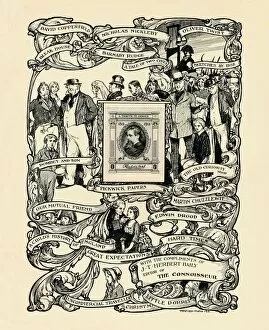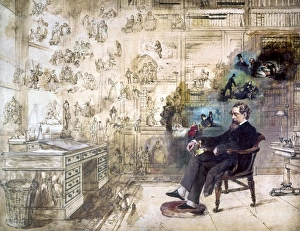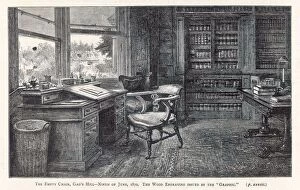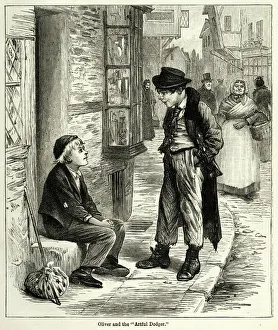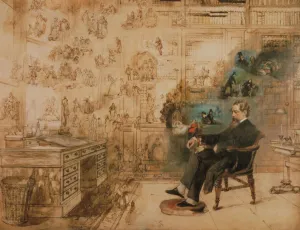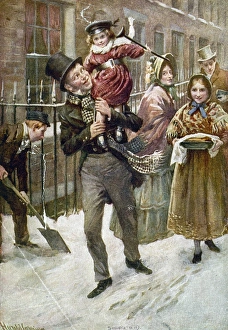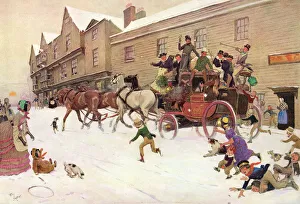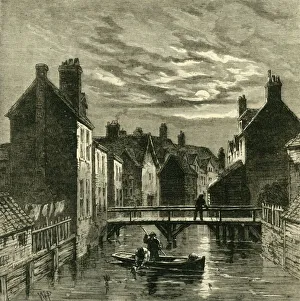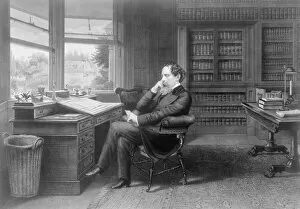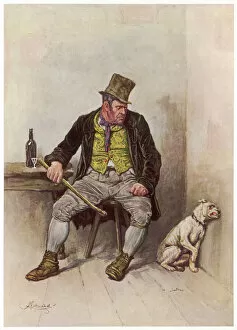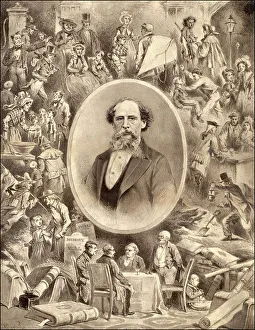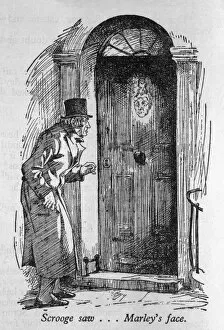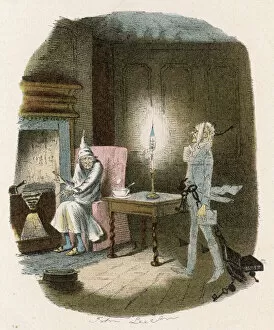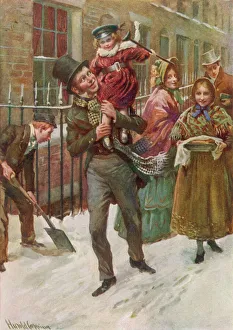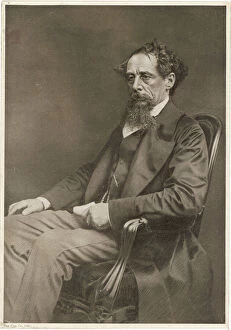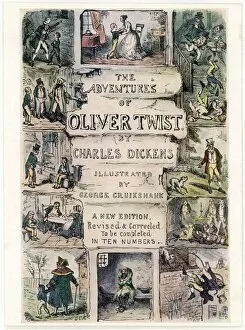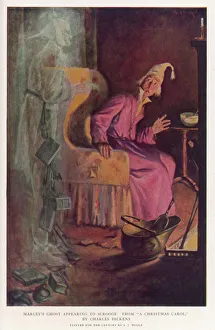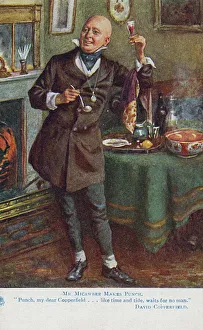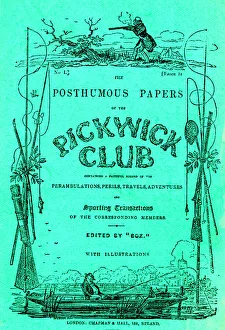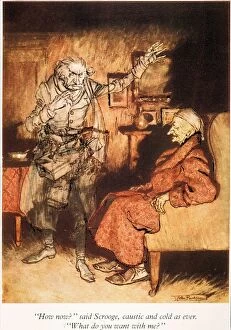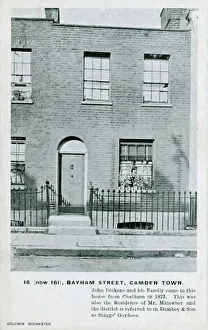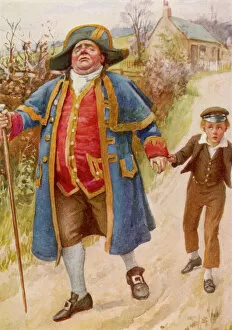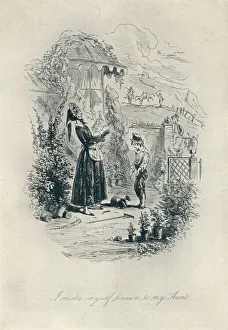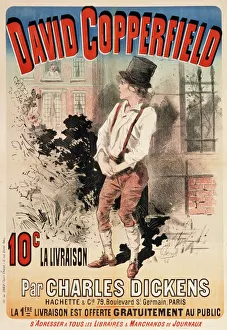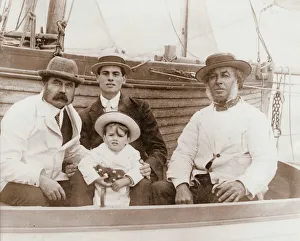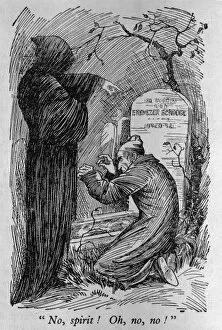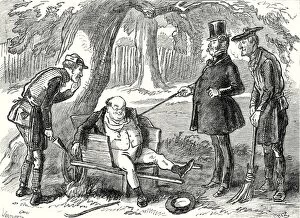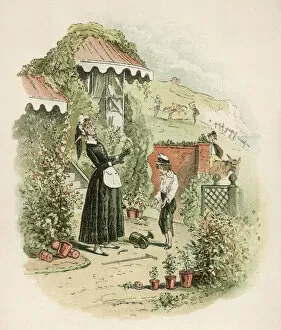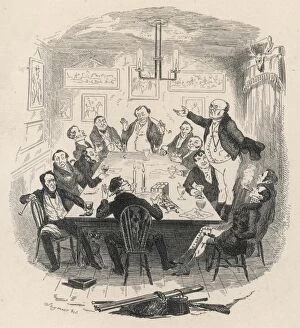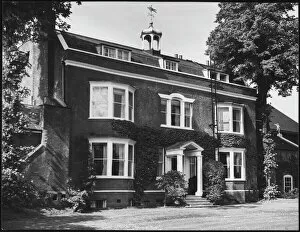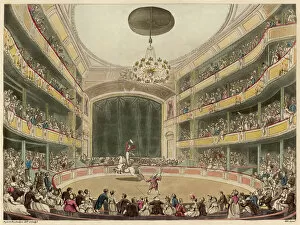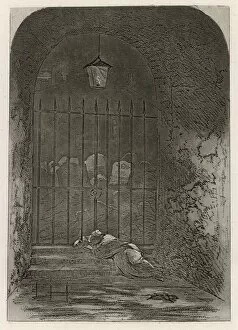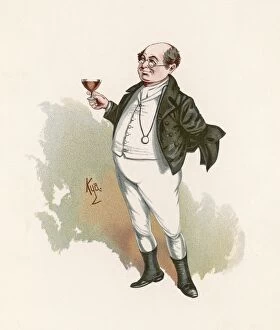Dickens Collection
"Dickens: A Tale of Literary Brilliance and Enduring Legacy" Charles Dickens, the renowned English novelist
All Professionally Made to Order for Quick Shipping
"Dickens: A Tale of Literary Brilliance and Enduring Legacy" Charles Dickens, the renowned English novelist, left an indelible mark on literature with his captivating storytelling. In the 1870s, artist Robert William Buss attempted to capture the essence of "Dickens Dream" in an unfinished oil painting. This artwork serves as a testament to Dickens' imaginative genius that continues to inspire readers even today. Another poignant image associated with the iconic "Empty Chair. " Symbolizing his absence after his passing in 1870, this chair represents a void left behind by a literary giant whose words still resonate across generations. One cannot discuss Charles Dickens without mentioning some of his unforgettable characters. From Oliver Twist meeting the mischievous Artful Dodger to Bill Sykes portrayed chillingly by Barnard, these figures have become ingrained in our cultural consciousness. A notable work that showcases both Dickens' social commentary and heartwarming themes is "A Christmas Carol. " Illustrated by Harold Cropping in a 1920 edition, it depicts Bob Cratchit and Tiny Tim embodying compassion and redemption amidst Victorian London's harsh realities. Exploring darker corners of society was also characteristic of Dickens' writing. The mysterious Folly Ditch at Jacobs Island provides insight into the author's fascination with hidden worlds and societal injustices prevalent during his time. In addition to immortalizing memorable characters and settings, Charles Dickens himself became synonymous with his creations. His influence extended beyond literature; he became an icon representing resilience against adversity and championing social reform. Even today, we can witness how deeply embedded Dickens remains within popular culture. Whether through Bibby's depiction or Cecil Aldin's evocative illustrations in "In the Days of Dickens, " these artistic interpretations continue to bring life to his timeless stories. Finally, one cannot forget Scrooge's transformative encounter when he sees Marley's ghostly face—a pivotal moment illustrating redemption and the power of self-reflection.


